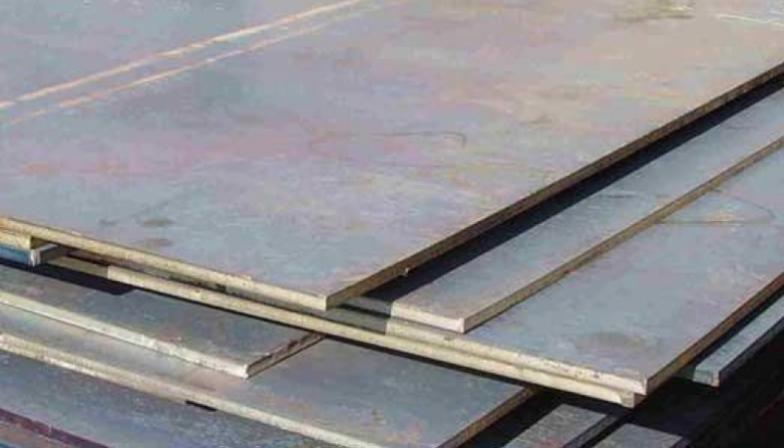The demand for steel in developed countries in 2018 grew by 1.8% after a steady increase of 3.1% in 2017. We expect a further decline in demand to 0.3% in 2019 and 0.7% in 2020, reflecting a deterioration in the terms of trade.
In 2017-18 The steel demand in the United States has improved due to strong economic growth caused by government fiscal stimulus, which has led to high confidence and a stable labor market. It is expected that in 2019, the growth rate in the United States will slow due to the weakening of fiscal stimulus and the normalization of monetary policy. Therefore, it is expected that growth in both construction and production will be moderate. It is expected that investment in oil and gas exploration will also slow down, while an increase in infrastructure spending is not expected.
EU economies are also facing deteriorating terms of trade and uncertainty about Brexit. We expect a slower growth in demand for steel in the main EU economies (especially in countries more dependent on exports) in 2019. It is expected that the growth in demand for steel in 2020 will improve depending on the reduction of trade tensions.
Japan recorded an increase in steel demand in 2018, supported by a favorable investment environment and the continuation of construction work, as well as an increase in consumer spending before the introduction of the consumption tax
increase. In 2019 and 2020, the demand for steel is likely to decline slightly due to the slowdown in construction and the slowing down of exports, despite the support provided by government projects.
Korea’s steel demand has been declining since 2017 due to a reduction in demand in the two main steel sectors, shipbuilding and the automotive industry. It is expected that the demand for steel will continue to decline in 2019 due to the tightening of measures in the real estate market and the deterioration of export conditions. In 2020, a moderate recovery is expected.
Emerging economies (except China) are a positive, but mixed picture.
Steel demand in emerging economies, with the exception of China, is expected to grow by 2.9% and 4.6% in 2019 and 2020, respectively.
ASIA
Having overcome the shocks of demonetization and the imposition of a tax on goods and services (GST), it is now expected that the Indian economy will achieve faster growth starting in the second half of 2019 after the elections. Although the budget deficit may have some impact on public investment, a wide range of ongoing infrastructure projects are likely to support steel demand growth above 7% in 2019 and 2020.
Steel demand in emerging Asia, with the exception of China, is expected to grow by 6.5% and 6.4% in 2019 and 2020, respectively, making it the fastest growing region in the global steel industry. In the ASEAN region, infrastructure development supports steel demand.
MENA
Economic diversification efforts at GCC continue in response to low oil prices, but fiscal consolidation still overwhelms construction. Steel demand is expected to continue to decline in 2019, and a slight recovery is expected in 2020.
The demand for steel in Iran will also decline in 2019, as the restoration of US sanctions will lead to a recession in the economy.
The situation in North Africa looks brighter, and after structural reforms in 2017, Egypt is greatly restored. Energy investment and the recovery of the real estate market are expected to stimulate steel demand in Egypt. It is expected that other countries in North Africa will also show steady growth in demand for steel, supported by strong investment activity.
CIS and TURKEY
Despite the increase in oil prices, the growth in demand for steel in Russia will continue, but is expected to be held back by structural problems. Growth forecast for Ukraine is stable and improving with the support of domestic consumption.
The Turkish economy is still responding to the August 2018 currency crisis, which has led to a reduction in steel demand. This is expected to continue in 2019, and in 2020 there will be some stabilization.
LATIN AMERICA
The overall recovery in steel demand in Latin America is expected to continue, despite internal and external uncertainties. Recovery in Brazil has been going on for the third year, and the construction sector is expected to be slightly improved in 2019. On the other hand, it is expected that growth in demand for steel in Mexico will be moderate, due to weak investments in the mining industry, budgetary budget constraints, political uncertainty and a slowdown in the US economy.
The political situation in Venezuela and its influence on the region are unclear.



